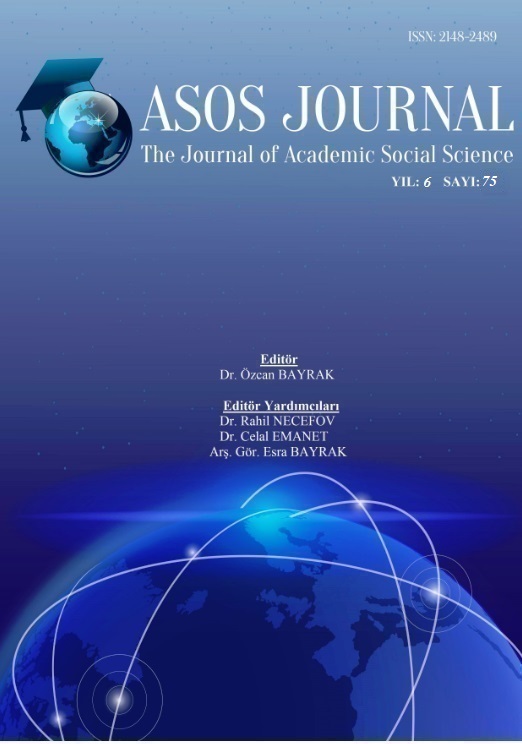Author :
Abstract
Osmanlı döneminin el sanatı örnekleri içerisinde oldukça önemli bir yere sahip olan sedef işçiliği; Osmanlı İmparatorluğu’nda yaşayan gayrimüslimlerin dini ve kişisel eşyalarında da sıklıkla kullanılmıştır. Günümüzde bazı müzelerin koleksiyonlarında karşılaşılan bu eserler üzerine yapılan çalışmalar ne yazık ki yeterli düzeyde değildir. Bu çalışmada Niğde Müzesi’nde yer alan Osmanlı İmparatorluğu'nun son dönemindeki gayrimüslimlere ait bir grup sedef eser ele alınmıştır. Satın alma, devir ve hibe yolu ile Niğde Müzesi’ne kazandırılmış olan bu on dokuz parçalık sedef eser; çeşitli formlardaki aplikler, kolye uçları, kemer tokaları ile bir haçtan meydana gelmektedir. Büyük çoğunluğunun dini törenlerde kullanıldığı düşünülen bu parçalar, geometrik, bitkisel ve figürlü süslemelerden oluşan zengin bir süsleme programına sahiptir. Çalışma kapsamında sedef eserler, bir katalog halinde incelenerek; ağırlıklı yurtdışı müze ve koleksiyonlarda yer alan benzer örnekler eşliğinde değerlendirilmiştir.
Keywords
Abstract
The art of nacre has an important place within the examples of handicrafts of the Ottoman Period. It has also been used frequently in the religious and personal properties of non-Muslims living in the Ottoman Empire. Nowadays, studies about these works encountered in some of the museum collections are unfortunately not sufficient. In this study, a group of nacre works belonging to the non-Muslims living in the late Ottoman period in Niğde Museum is evaluated. Acquired to the Niğde Museum through the purchase, transfer, and donation, this nineteen pieces of mother- of-pearl work consists of appliques, necklaces, belt buckles which are in different forms and a crucifix. A great majority of these pieces are thought to be used in religious ceremonies, have a rich ornamental program including geometric, vegetal and figurative decorations. Within the scope of this study, these works are examined as a catalogue, and evaluated with similar examples mainly in foreign museums and collections.





